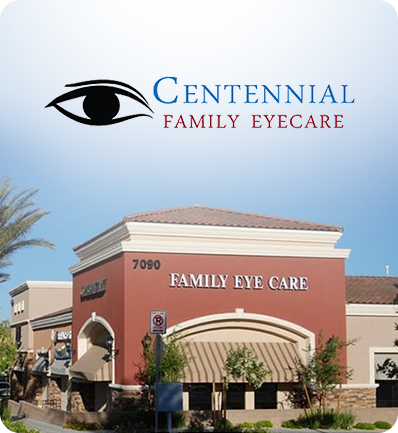
Myopia is a very common condition around the world, but its prevalence does not mean it should be taken lightly. Myopia is linked to several serious eye diseases that can permanently threaten vision, including myopic maculopathy, certain types of retinal detachment, and some forms of glaucoma.
What Is Myopia?
Myopia (or nearsightedness) is so common that nearly 50% of North Americans will have myopia by 2030. Myopia happens when the eye grows too fast, too long, and gets weaker. You may know it as blurry vision far away. At our practice, we specialize in pediatric eye care and treat myopia seriously.
Myopia can develop as young as age 3, and it often gets worse as children grow. Parents may not see signs that their child has myopia, such as squinting or having to sit up close to the television or computer screen to see clearly. Children often don’t realize their vision is blurry.
The heavy use of digital devices is not going away and certainly is not helping things. It is important to have your child take breaks that are at least 5 minutes long, at least once an hour. Children should also spend at least 90 minutes outside a day.
The younger your child, the faster their myopia tends to progress. Early and regular pediatric eye exams are essential for detecting myopia as soon as possible. Treating it early can help slow its progression and reduce the risk of serious eye health issues later in life.
Myopia Can Affect More Than Just Your Eyes
Myopia can affect your child’s ability to perform well in school, sports, performing arts, and other activities that require clear vision. Controlling myopia progression will free them up to be at their best.
If you believe that your child may have myopia, contact our office to schedule a pediatric eye exam - this is the best first step to take.

Types of Myopia Control
Our job is to protect your child’s vision from getting worse as they grow, using the most appropriate treatment.
MiSight® 1 day is a dual focus soft contact lens that is the only FDA-approved myopia control treatment to provide clear vision while simultaneously slowing the worsening of myopia. It was designed for young children, and its safety and efficacy are supported by a 7-year study and hundreds of thousands of patients.
Orthokeratology (Ortho-K) contact lenses temporarily reshape the cornea overnight. Upon removal in the morning, nearsightedness is corrected, delivering clear vision all day long. It is a great option for those who want freedom from daytime glasses and contact lenses, and especially swimmers and water polo players. These lenses must be worn each night to maintain clear vision.
Low-dose atropine eyedrops are instilled each night to slow the growth of the eye. Side effects may include mild dilation of the pupils and a temporary reduction in the eye’s focusing ability.
Soft multifocal contact lenses were originally designed to help adults see clearly at far away, midrange, and close up, but studies have shown that they can help slow myopia progression in children as well.
Glasses provide clear vision for a period of time, but don’t do anything to keep the nearsightedness from worsening. Bifocals and progressive addition lenses (PALs) do not help slow myopia progression to any appreciable degree. We anticipate that myopia control glasses should be available in the U.S. by 2026.
Schedule Your Child’s Eye Exam Today
If you notice that your child is having a difficult time seeing objects that are far away, contact us to schedule an appointment. Treating myopia as quickly as possible can help to reduce your child’s chances of developing a serious eye condition that can threaten their ability to see the world around them. Call today and schedule a pediatric eye exam to discover how we can help your child.





